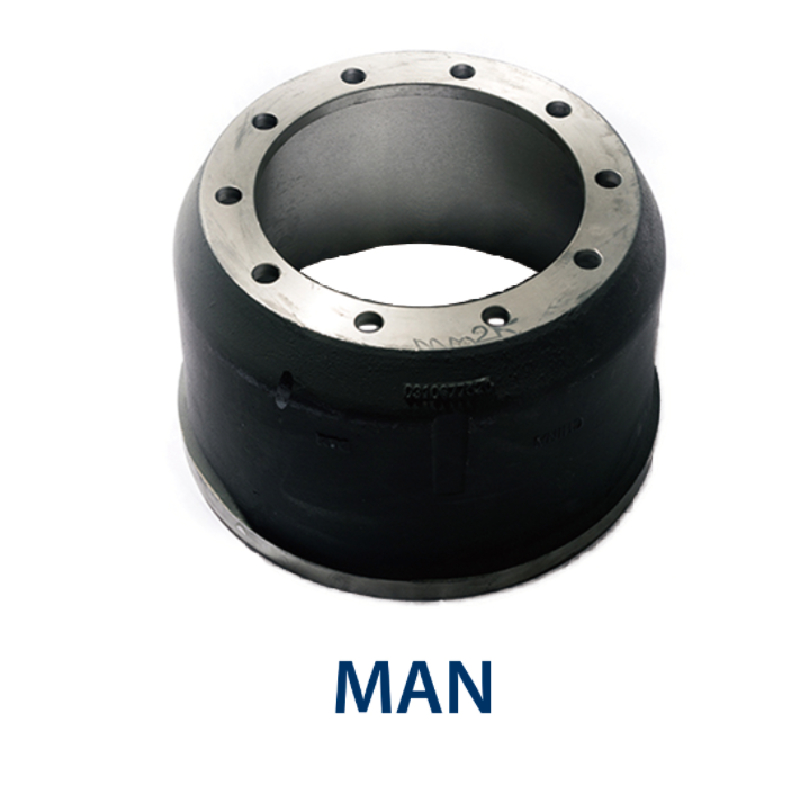Nov . 20, 2024 04:24 Back to list
how hot should brake drums get
How Hot Should Brake Drums Get?
Brake drums play a crucial role in the braking system of many vehicles, especially those with drum brakes, such as older cars and some heavy-duty trucks. Understanding how hot brake drums should get is essential for maintaining vehicle safety and performance and preventing brake failure.
When a driver applies the brakes, kinetic energy is converted into thermal energy through friction between the brake shoes and the brake drum. This process generates heat, causing the brake components to warm up. But how hot is too hot? Generally, brake drums can safely operate at temperatures between 200°F to 400°F (93°C to 204°C). However, it's essential to consider various factors that can influence these temperatures.
Factors Affecting Brake Drum Temperature
1. Driving Conditions The temperature of brake drums can vary significantly depending on driving conditions. Frequent stops in urban driving can cause the drums to heat up more than in steady highway driving. During downhill driving or when towing heavy loads, the brakes are applied more frequently and can become significantly hotter.
2. Brake Material Different materials used in brake pads and shoes have varying thermal properties. High-performance or heavy-duty brake materials can handle higher temperatures without degrading. It's important to select the appropriate materials for the driving conditions and the vehicle's requirements.
3. Brake System Design The design of the braking system can also impact how heat is dissipated. Ventilated brake drums are designed to allow air circulation, which helps in cooling. In contrast, solid drums may retain heat, leading to higher temperatures.
how hot should brake drums get

Consequences of Overheating
Excess heat in brake drums can lead to several issues. When temperatures exceed 400°F (204°C), the brake components can begin to degrade. This may result in the following problems
- Brake Fade This is a reduction in stopping power due to overheating, which can significantly impair vehicle safety. - Warping High temperatures can cause the drum to warp, leading to uneven braking and vibrations during operation. - Failure of Brake Components Over time, excessive heat can damage the brake shoes, seals, and other components, leading to costly repairs.
Monitoring Temperature
To ensure brake drums operate within a safe temperature range, regular maintenance and inspections are essential. Drivers can pay attention to warning signs such as unusual noises, vibrations, or a burning smell, which may indicate overheating or potential brake system failure.
Conclusion
In summary, brake drums should ideally operate within a temperature range of 200°F to 400°F. Understanding the factors affecting brake drum temperature, recognizing the warning signs of overheating, and performing regular maintenance can help ensure safe and effective braking performance. Drivers should always be aware of their vehicle's braking behavior and take appropriate measures to maintain their brake system, ensuring safety on the road.
-
Liza Brake Drum: Superior Quality & Performance for Safe Driving
NewsAug.24,2025
-
Iveco Brake Drum | Premium OE Quality for Daily & Eurocargo
NewsAug.22,2025
-
Your Brake Drum Man: Quality & Performance Parts
NewsAug.21,2025
-
Explore Japan: Ultimate Travel Guide & Authentic Experiences
NewsAug.19,2025
-
Your Brake Drum Man: Premium & Reliable Brake Drums for Sale
NewsAug.18,2025
-
ROR Web Development: Build Fast, Scalable, Secure Apps
NewsAug.17,2025
